Deck & Commander Strategies
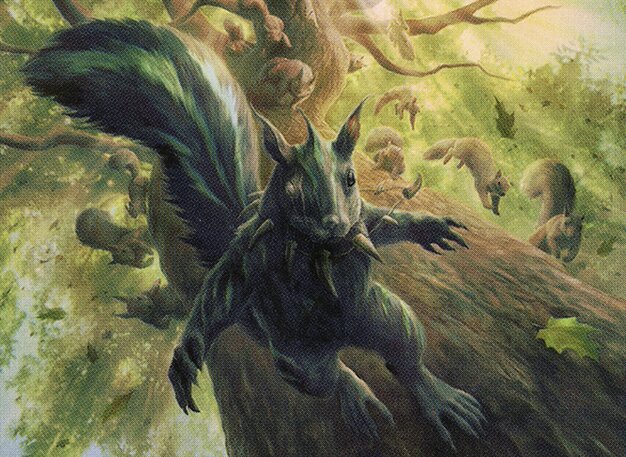
Chatterfang, Squirrel General
Build a wide board of creature tokens and use aristocrat synergies to drain opponents' life while gaining life, culminating in a big finish with anthem effects like Craterhoof Behemoth or Triumph of the Hordes.

Sliver Overlord
Deploy a variety of slivers to generate mana and create an overwhelming board presence, searching for combos involving Sliver Queen to produce infinite slivers and mana for a decisive alpha strike.
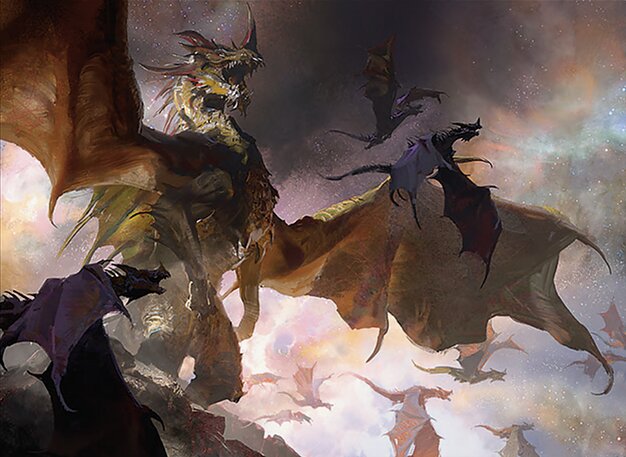
The Ur-Dragon
Ramp aggressively to cast large dragons and other creatures with haste, aiming to swing in early with powerful creatures to quickly reduce opponents' life totals.
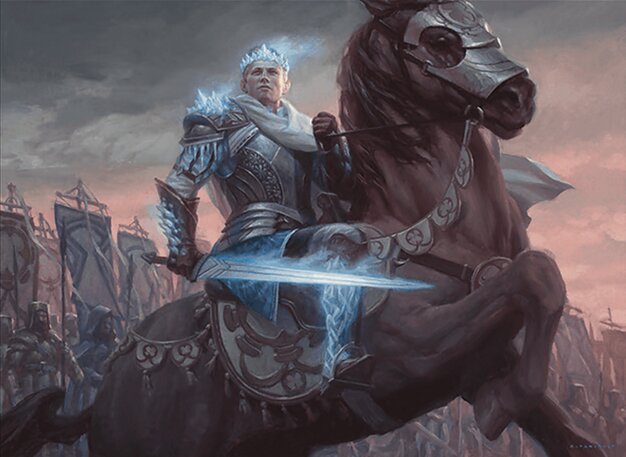
Will, Scion of Peace
Focus on gaining life and accumulating counters and tokens to create a resilient board presence, outvaluing opponents through incremental advantage and defensive stability.
Gameplay Insights
- 1
The use of Intruder Alarm combined with token generation created a powerful synergy that could allow repeated untapping of creatures, enabling multiple attacks or combo triggers in a single turn.
- 2
Sliver Overlord's mana generation with slivers like Manaweft Sliver and Sliver Hive was crucial for accelerating into a large board presence and setting up potential infinite combos.
- 3
Coalition Relic was cleverly utilized to store charge counters for additional mana, enabling more flexible and explosive plays during main phases.
- 4
Chatterfang's ability to draw cards upon dealing combat damage helped maintain momentum by replenishing resources while chipping away at opponents' life totals.
- 5
Early deployment of ramp and utility lands allowed players to accelerate their strategies, speeding up the pace of the game and increasing pressure on opponents.
Notable Cards
-

Craterhoof Behemoth
-
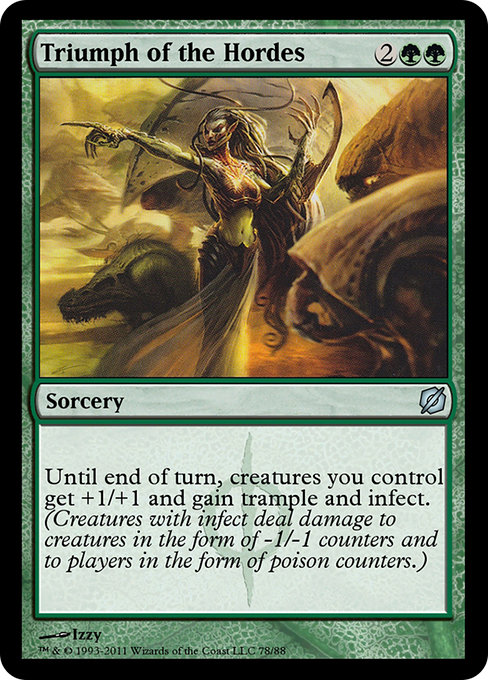
Triumph of the Hordes
-
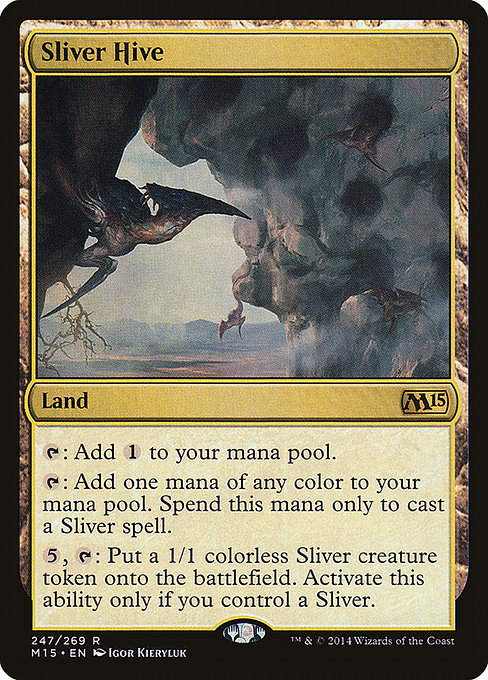
Sliver Hive
-
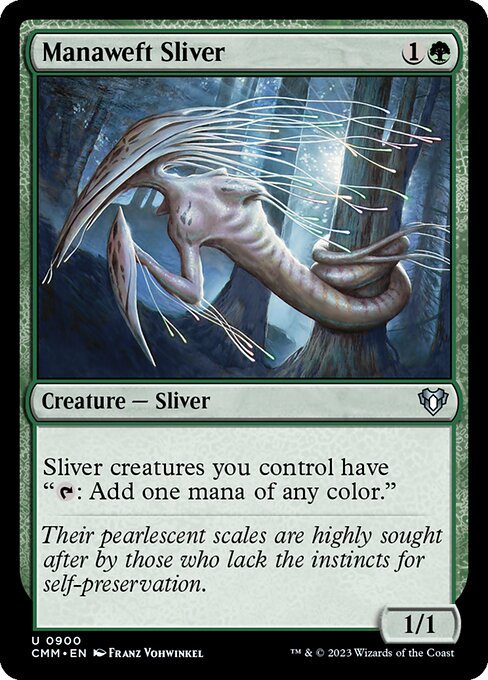
Manaweft Sliver
-
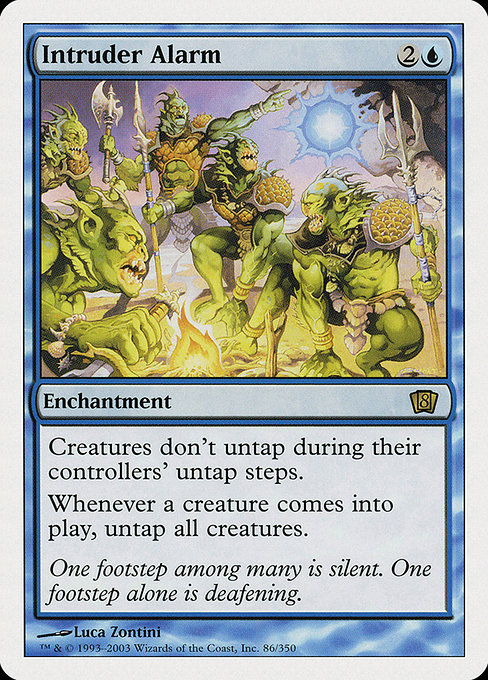
Intruder Alarm
-
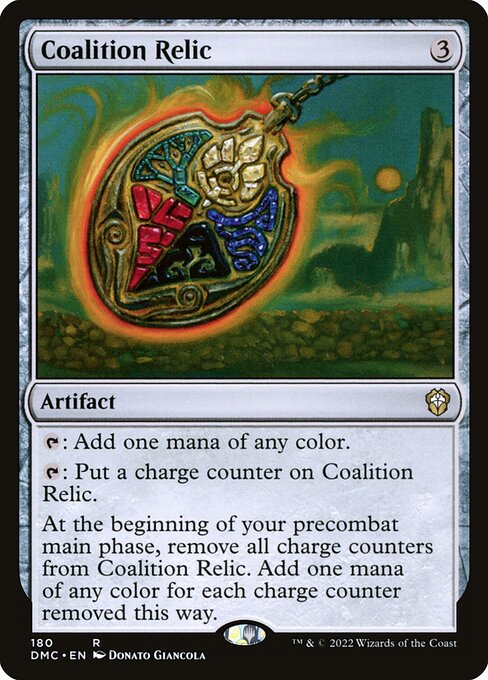
Coalition Relic
-
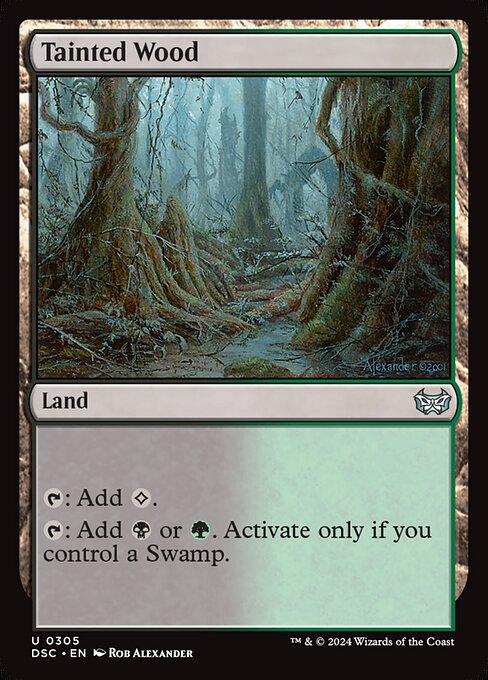
Tainted Wood
-

The Ur-Dragon
Gameplay Summary
The game opened with the four players establishing their board states according to their commanders' strategies.
Chatterfang, Squirrel General focused on building a token army and leveraging aristocrat synergies to drain life and gain life, utilizing cards like Craterhoof Behemoth and Triumph of the Hordes for a potential wide-board finisher.
Sliver Overlord aimed to flood the battlefield with slivers, assembling a synergy engine with Sliver Hive and Manaweft Sliver to generate mana and deploy multiple slivers, with the goal of assembling infinite slivers and mana for a lethal alpha strike.
Meanwhile, The Ur-Dragon player concentrated on ramping aggressively and deploying big dragons with haste to overwhelm the opponents quickly.
Will, Scion of Peace's strategy revolved around life gain, accumulating counters and tokens to stabilize and outvalue opponents over time. Key turning points included the early deployment of mana acceleration and utility lands, such as Coalition Relic and Tainted Wood, which enabled players to ramp into their critical pieces faster.
The Sliver player’s setup with Sliver Hive and mana-generating slivers threatened explosive board presence, while Chatterfang started generating tokens and using sac outlets to chip away at opponents’ life totals.
Intruder Alarm was played, creating a potential combo with token generation for repeated untaps and extra combat phases, raising the stakes for the board state.
The Ur-Dragon’s player ramped into large dragons, setting up for a massive, haste-fueled assault.
The game was marked by a dynamic interplay of board presence and resource management, with each deck's win condition hinging on either overwhelming board states or massive, coordinated attacks.




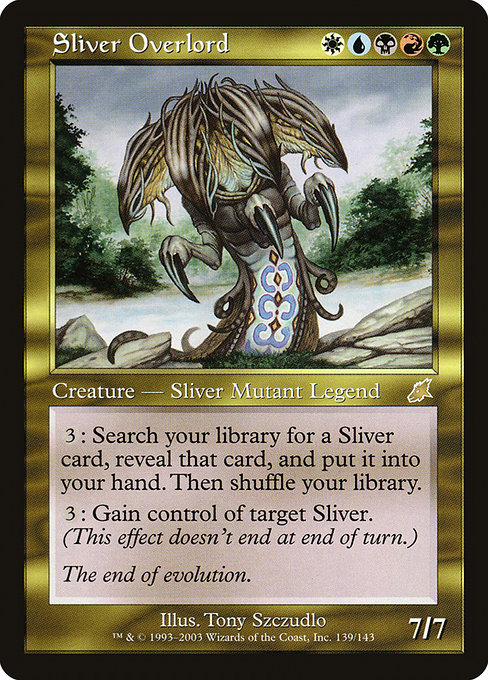















![Wilds of Eldraine Pack Tactics!! ft. Ellivere, Will, Rowan, and Alela [EDH/Commander Gameplay 2023] thumbnail](https://i.ytimg.com/vi/16dZz59VH0A/sddefault.jpg)







![Commander VS S1E9: Oloro vs Norin vs Sliver Overlord vs Pharika [MtG: Multiplayer] thumbnail](https://i.ytimg.com/vi/PULZd7d2g_c/sddefault.jpg)







![Commander Randomizer Part 2 [Commander VS 316] | Magic: the Gathering Commander Gameplay thumbnail](https://i.ytimg.com/vi/okRK1jVYfno/sddefault.jpg)












